Better Manage Your Omnichannel Orchestration Algorithm Production Line
Today, healthcare professionals (HCPs) interact with life sciences companies across multiple digital and personal channels. As life sciences companies use omnichannel orchestration to improve the customer experience, they work to automate their processes to scale across many use cases, brands, and countries.
These complex programs involve various teams and connect many different data sources, communications channels, and tech platforms. Over time, omnichannel programs can grow to include tens or hundreds of algorithms, requiring program owners to monitor and adjust them frequently. To manage this successfully, companies adopt an “algorithm factory” mindset that creates efficient processes, lowers each algorithm's unit cost, and controls the quality and behaviors of the algorithms.
In this article, we examine this new mindset and consider how lessons from modern manufacturing can help us scale algorithm management successfully.
Large Omnichannel Programs Are Algorithm Factories
What can we learn from a modern factory?
Academics and industry experts have studied factories for over a century to develop theories and best practices that drive efficiency, flexibility, quality, and resilience. As sensors, robotics, supply chain integrations, and other technology innovations have driven an explosion of data in manufacturing, new best practices have emerged in modern factories. We review some of these practices to draw insights for omnichannel orchestration programs.
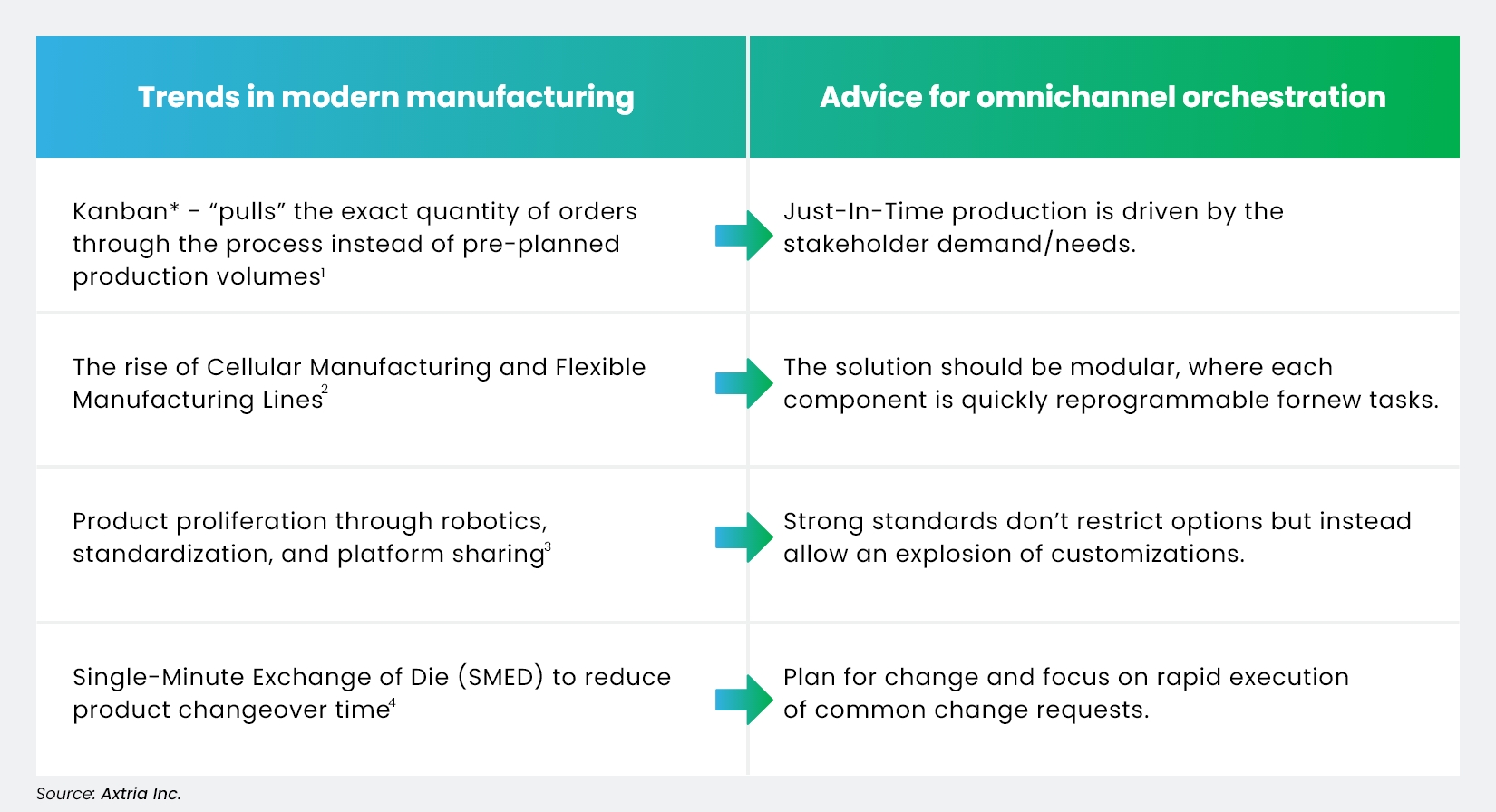
Figure 1: Modern manufacturing provides advice for omnichannel orchestration
Note: Kanbans in manufacturing are a different (though related) concept from Kanban boards in Agile methodology.
Together, these concepts support a product-focused mindset where customer demand requires adaptation, timeliness, and standardization to complete the analysis, i.e., the end product.
The most counterintuitive of these is the concept of standards as a driver for customization. Often, the limitation for a new or innovative solution is not constraints on the rules but the excessive time taken to create, refine, and test entirely new products, code, or processes. In contrast, well-constructed standards allow for the fast deployment of many options that require less development and testing.
Using these concepts helps envision the setup and work process in the omnichannel orchestration platform. Outlining all the orchestration activities with the required analysis, data, and business rules makes the omnichannel orchestration program similar to a production factory.
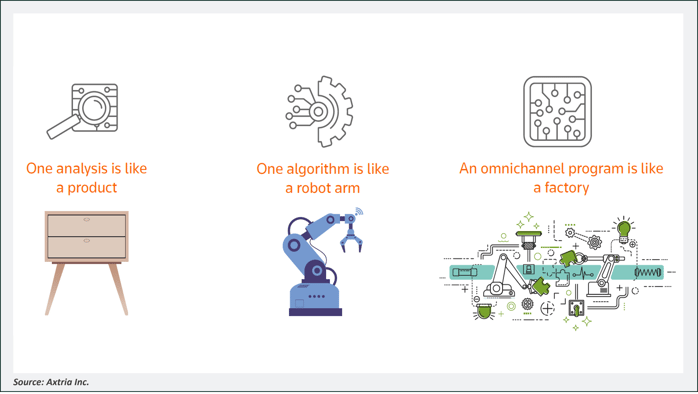
Figure 2: Comparing the omnichannel program to an algorithm factory
- In the omnichannel “factory,” different activities are performed to produce products.
- The algorithms can be compared to advanced tools, like robots, that participate in the production.
- The algorithms’ outputs are products consumed or used by downstream systems or end-users.
- The data is pivotal to all activities, as it is the raw material used in the production.
The Algorithm Production Line
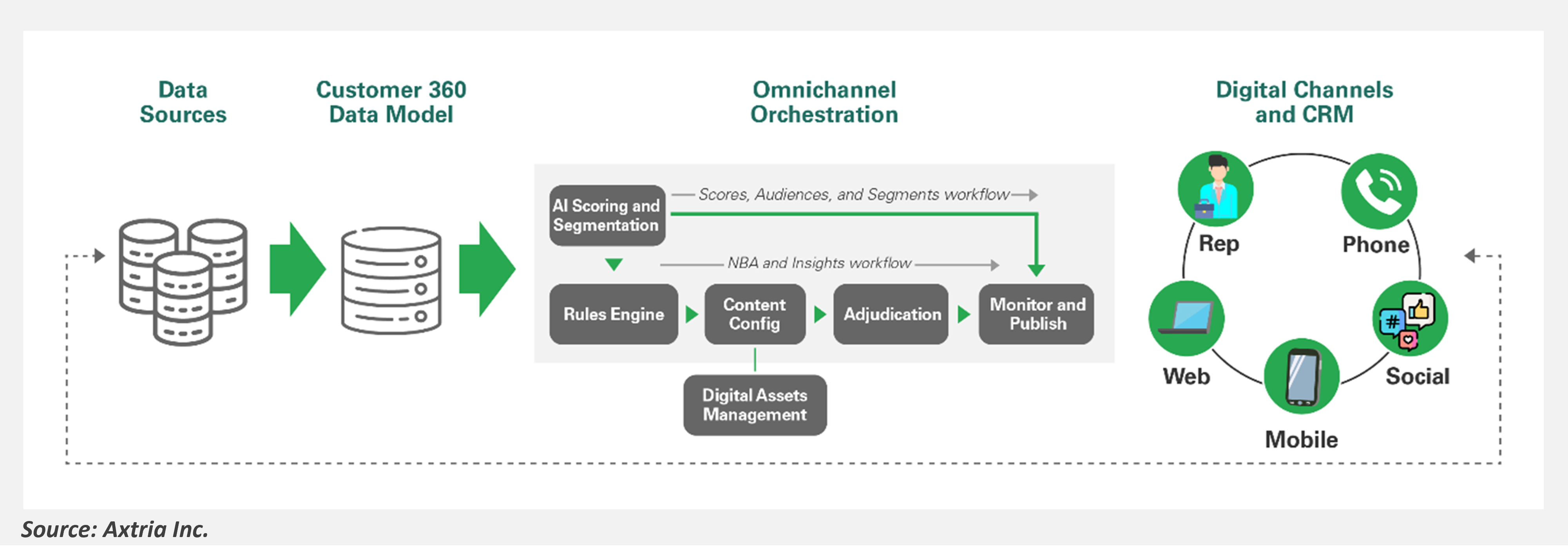
Figure 3: Design requirements for a scalable omnichannel platform
As illustrated above, an omnichannel orchestrationplatform or “algorithm factory ” combines the next best action (NBA) and other workflows into one system. (Figure 3)
- The omnichannel platform combines commercial data assets (sales performance, customer master, market access, alignment, roster, etc.) with customer interactions, segments, and behavior data.
- The Customer 360 data model ensures the data is aggregated, linked, and standardized to support the omnichannel decisions of sales and marketing teams. This facilitates analytics-ready, quality data to enable marketing mix and NBA analyses.
- Combining analytics, business rules, and customer data makes it possible to create actionable insights that provide recommended decisions or NBAs.
An omnichannel program consists of several algorithms and processes working in parallel. In addition, marketing technology or “martech” platforms require configuration of the content, settings, and guardrails, leading to a workflow with additional process steps after the automated AI/ML and rules-based algorithms have determined the audiences and actions.
Omnichannel orchestration platforms host end-to-end workflows to automate several processes, such as:
- Monitor algorithms for quality, performance, and business benefits.
- Enforce standards, including limits on the number of contacts/suggestions (adjudication).
- Centralized support model to rapidly resolve issues, queries, and change requests.
- Facilitate the reuse of data and algorithms.
As shown in Figure 4, the NBA production line has more parts than just the algorithm. The content configuration, adjudication, and publishing steps are critical to ensure that NBAs create the best actions by including relevant content, settings, and guardrails.
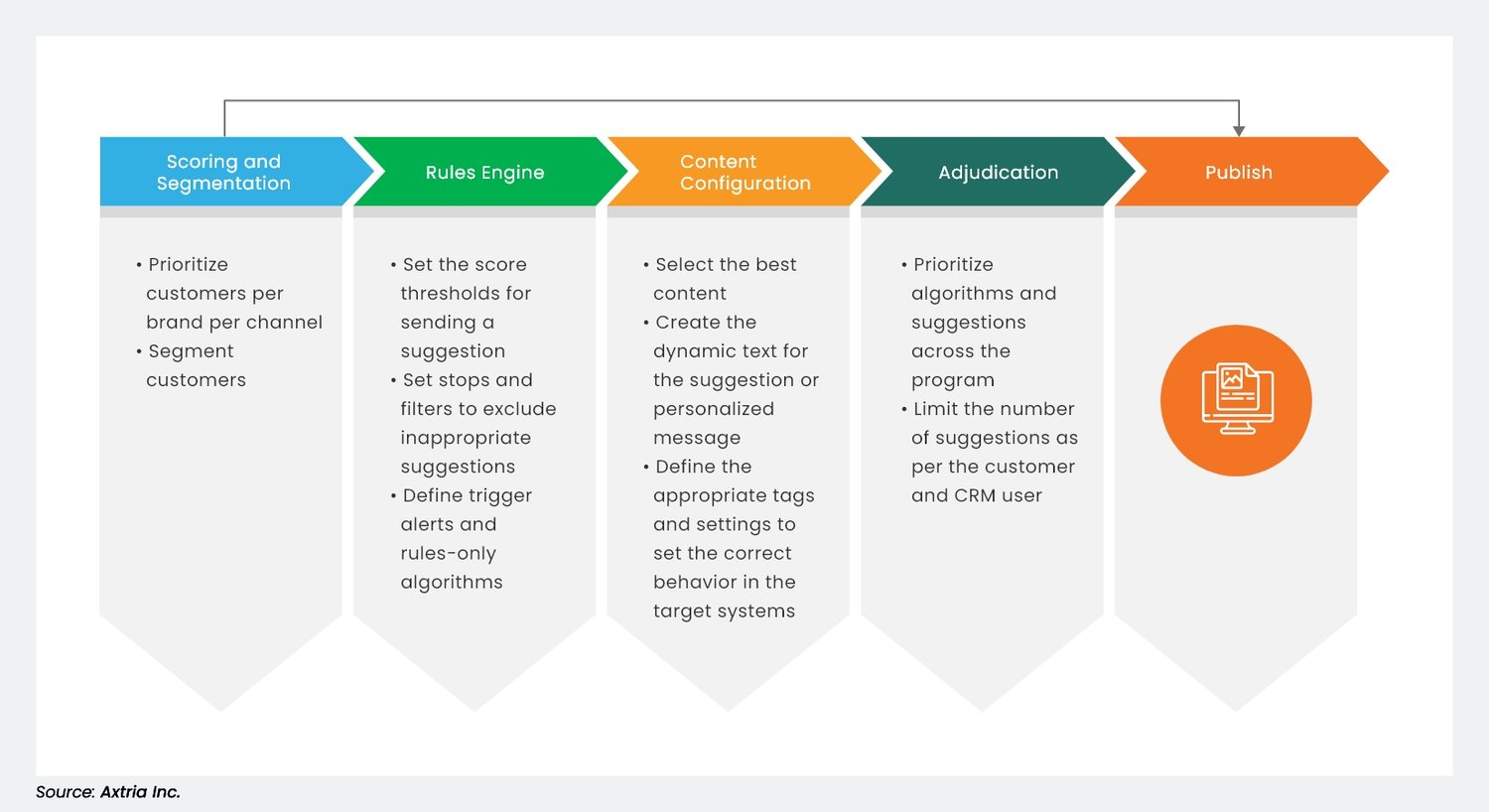
Figure 4: The omnichannel orchestration production line
The hypothetical example in Figure 5 below illustrates how to combine the steps for one use case and highlights that an omnichannel orchestration must manage different types of workflows, such as AI scoring, segmentation, rules-only algorithms, and more.

Figure 5: Event follow-up (Illustrative example)
Note: Net Promoter Scores (NPS) are collected from respondents who completed surveys and scored a product or service on a scale of 1-10.
The second example below uses shopping cart abandonment to illustrate how the steps to execute triggered emails are implemented differently for individual use cases.
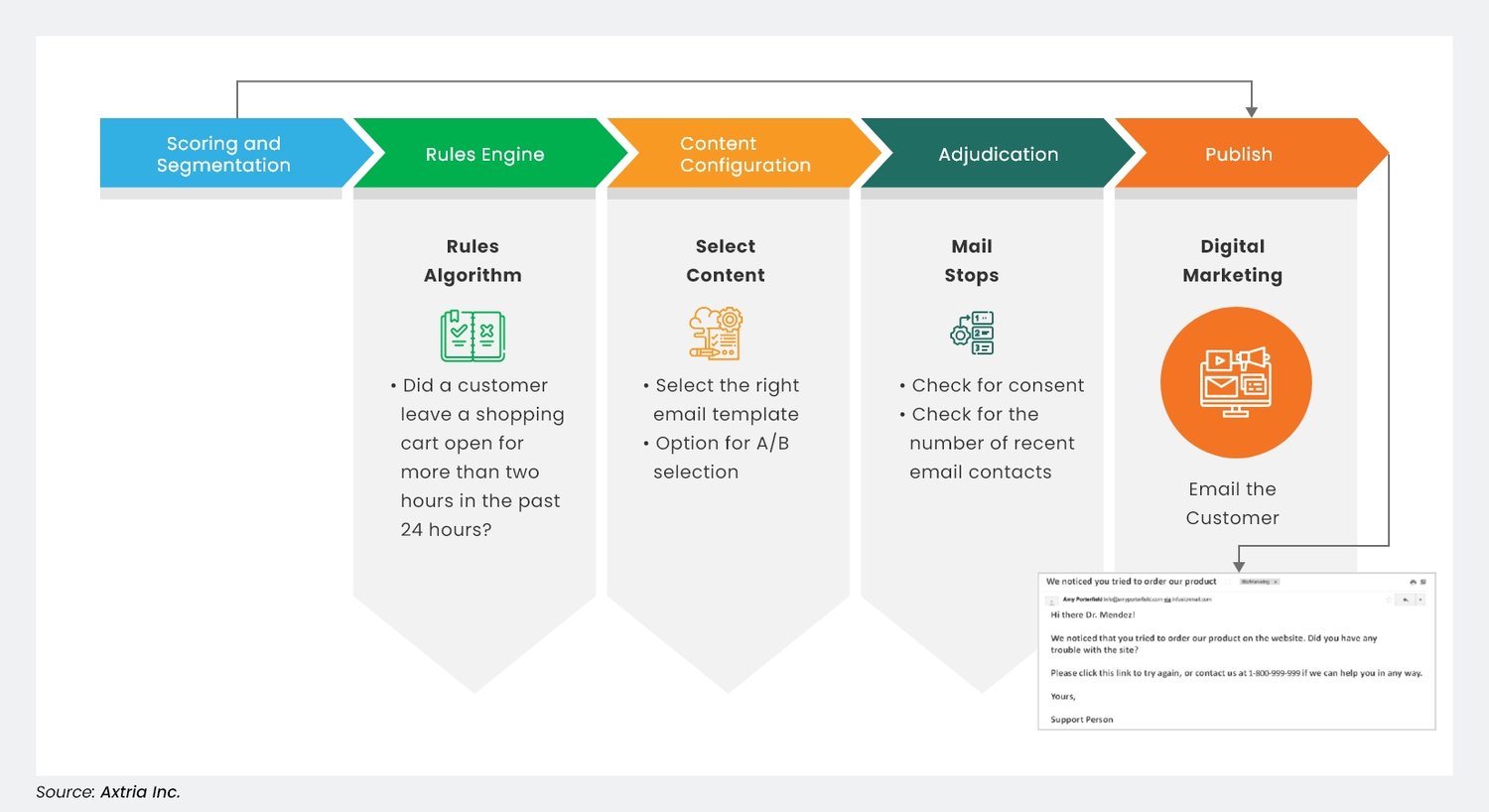
Figure 6: Shopping cart abandonment (Illustrative example)
Other examples that embed standardized, modular capabilities within the same overall flow include dynamic targeting, content recommendations, and channel sequencing.
Conclusion
Creating a great customer experience requires integrated systems, fast-moving data, and analytics at scale to keep pace with customers’ changing needs. The algorithm is only one part of the orchestration. An effective program needs to manage many different algorithms and omnichannel processes simultaneously. Life sciences companies need to consider the end-to-end solution to make these parts work well together. They must adopt an “algorithm factory” mindset to create an “algorithm production line” that can handle the immense complexity of a large-scale omnichannel program. Omnichannel orchestration platforms provide a structure for creating and organizing AI/ML models and rules-based workflows, managing data, and integrating with martech platforms to support business goals.
References
- Center for Industrial Services. Kanban/pull systems. University of Tennessee Institute for Public Service. Accessed November 20, 2023. https://www.cis.tennessee.edu/operational-excellence-continuous-improvement/kanban-pull-systems
- Inman RA. Cellular manufacturing. Reference for Business. Accessed November 20, 2023. https://www.referenceforbusiness.com/management/Bun-Comp/Cellular-Manufacturing.html
- Bunty LLC. The ultimate guide to car production lines. Accessed November 20, 2023. https://buntyllc.com/car-production-lines/
- Six Sigma Daily. Single minute exchange of die (SMED) definition and example. April 4, 2018. Accessed November 20, 2023. https://www.sixsigmadaily.com/single-minute-exchange-of-die-smed-definition-example/

Complete the brief form to download the white paper
Author details

Klas Eriksson
Klas Eriksson is a Principal at Axtria based in Switzerland. His 25+ years of experience produce unrivaled client advice in strategic commercial decisions, product ownership, and global solutions. Klas’ expert background in analytics and services delivery helps clients drive change, insights, and efficiency. Klas has proven success in consulting, sales operations, and delivery services on both sides of a partnership: as a valued team member in top pharma and data companies, and as a key player in consulting companies such as marketRx/Cognizant.

Charles Rink
Charles Rink is a Principal, Omnichannel Capabilities Lead at Axtria. He has over 20 years of experience in strategy consulting, technology, and analytics for the Life Sciences industry. Based in London, he brings extensive experience advising clients in commercial strategy, analytics automation, and omnichannel operations globally.




